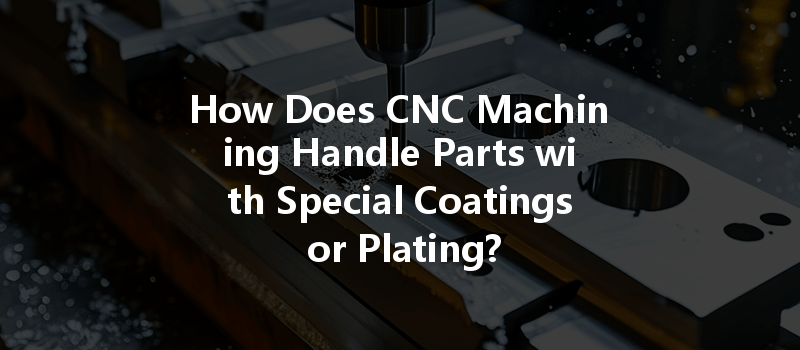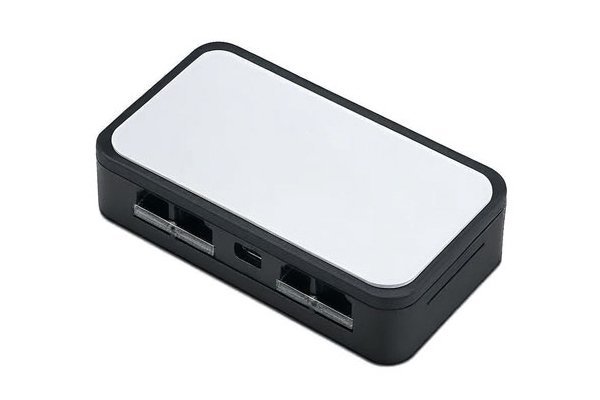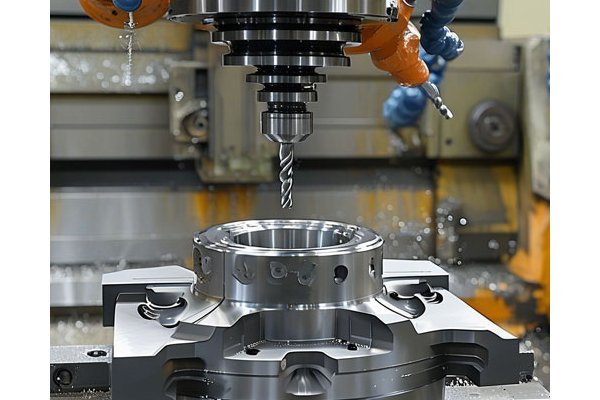Opening
Did you know that the global market for CNC machining is expected to reach over $100 billion by 2027? As industries evolve and regulations tighten, the demand for high-quality, intricate parts has surged. However, one of the ongoing challenges in CNC machining is the incorporation of special coatings and platings into the manufacturing process.
Understanding CNC Machining and Coatings
Computer Numerical Control (CNC) machining is a process that utilizes computerized control systems to operate machinery and tools. This process converts a digital design into precise physical components with high fidelity. One of the reasons CNC machining is prevalent across various industries, including aerospace, automotive, and medical, is its ability to handle complex geometries and materials.
Special coatings and platings are solutions applied to metal and plastic parts to enhance their functional properties, such as corrosion resistance, wear resistance, thermal conductivity, and aesthetic appeal. While beneficial, these coatings can present unique challenges during the CNC machining process.
In this blog, we will delve into how CNC machining can effectively manage parts with special coatings or plating, examining the technologies and techniques involved.
The Impact of Coatings and Plating on CNC Machining
When machining parts with coatings or plating, it is essential to address several factors that may influence both the machining process and the final product’s quality.
Different coating types have specific characteristics that impact machining. Here are some of the most common:
Understanding these coatings will help machinists select the right tools and processes.
When machining coated or plated parts, selecting the right tooling is critical. Here are factors to consider:

Proper adjustments to machining parameters can enhance the quality of parts with coatings:
Surface finish plays a crucial role in the functionality of coated parts. Here are some considerations:
Maintaining a stringent quality assurance process is vital for identifying potential issues early when handling parts with special coatings:
Machining parts with special coatings or plating poses several challenges, but with a comprehensive understanding of the materials, tooling considerations, machining parameters, and quality assurance processes, CNC machining can successfully accommodate these components.
Whether you’re in aerospace, automotive, or any other industry requiring high-performance parts, having a robust CNC machining strategy for handling coatings and platings is essential for achieving desired outcomes.
By acknowledging the complexities and nuances of machining coated materials, businesses can enhance productivity, ensure product reliability, and stand out in a competitive market. Expanding your CNC machining capabilities to effectively handle things like electroplating, powder coating, and anodizing promises not only increased operational efficiency but also a higher quality product that meets the demands of today’s advanced applications.
As the CNC machining landscape continues to evolve, it’s essential to stay informed and adapt to new challenges, particularly concerning special coatings and their implications for manufacturing. The investment in knowledge and technology to address these concerns will be well worth it as you strive to deliver exceptional quality and performance in your machining projects.






